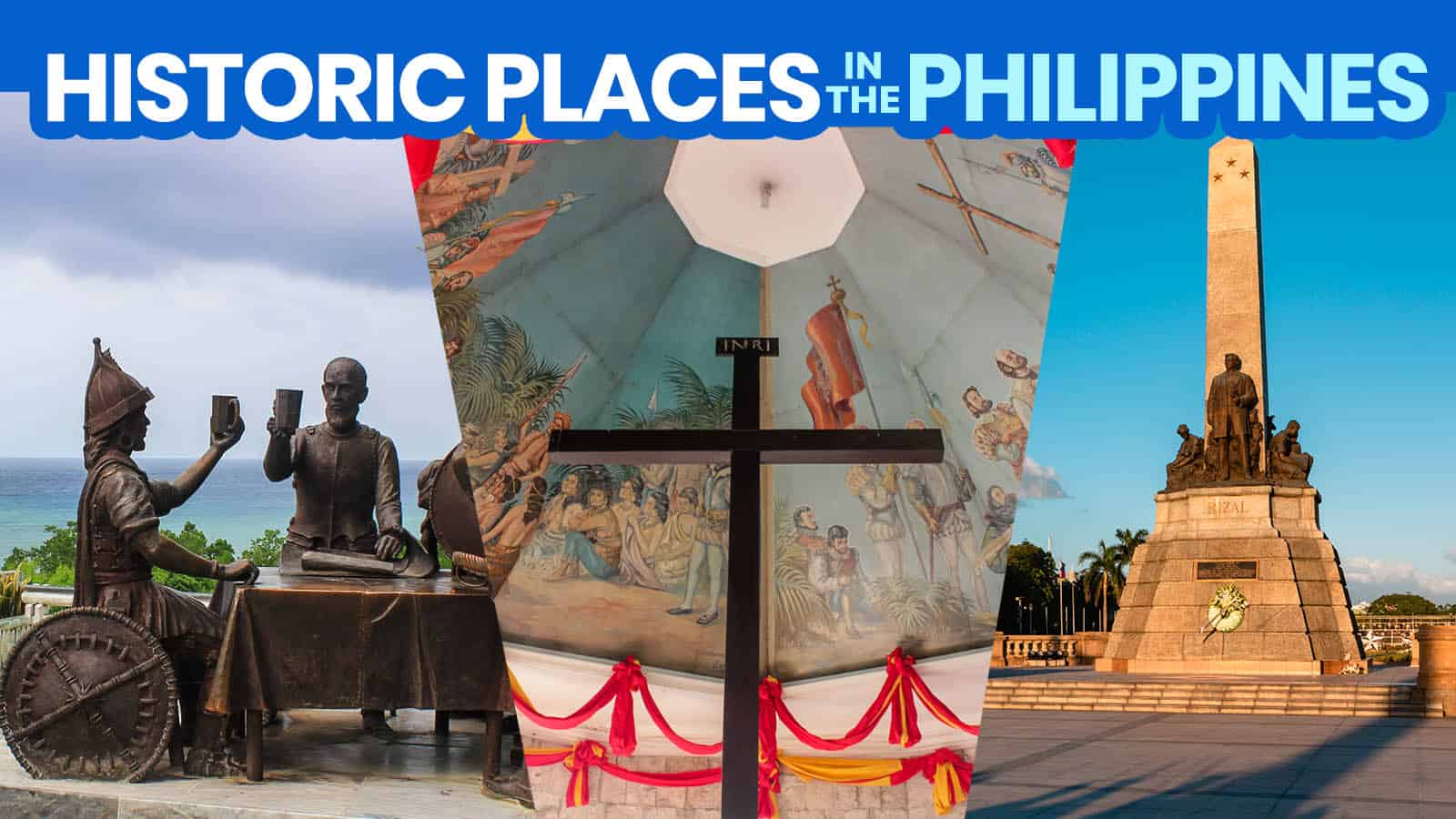The very first travel flame in my young mind was sparked by textbooks. My first intense desire to go places was lit by HEKASI — Heograpiya, Kasaysayan at Sibika (Geography, History and Civics), which is now called Araling Panlipunan. In grade school, I was so fascinated by the photos of historic places. I’ve marveled about the lives of prominent personalities and notable events that shaped history.
Now that I’m a travel blogger, there’s always a sense of fulfillment whenever I set foot in a place that was featured in my elementary history books. Though it may sound privileged, travel is a great history teacher, and it reignites the lessons about the past that we learned when we were kids and those we need to relearn today.
If you are a history buff and looking for places in the Philippines to cross off your travel bucket list, here’s a list featuring some of the monumental sites in the country.
1. Intramuros, Manila
Considered the political, educational, and religious center of the Spanish Empire in the Philippines and the historic core of Manila, Intramuros used to be an opulent walled city, strategically located along the Manila Bay. It was the seat of Spanish rule from the late 16th century to the 19th century. The walls were constructed between 1590 and 1872, encompassing what was then the entire city of Manila.
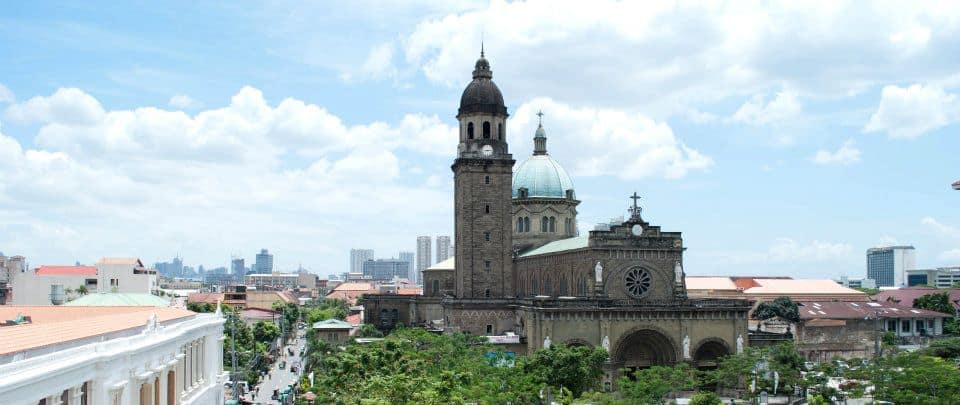
Up to this day, it houses many significant landmarks like the Manila Cathedral, San Agustin Church (UNESCO World Heritage Site), Casa Manila, Baluarte de San Diego, and Fort Santiago, where the national hero Jose Rizal was incarcerated.
The original campuses of the University of Santo Tomas and Ateneo de Manila used to be within the fortified city until the first half of the 20th century. There are still well-preserved structures like the cobblestone streets, parts of walls, and other buildings.
Location: Intramuros, 5th District of Manila, Manila, NCR
2. Rizal Park, Manila
Situated on the southern border of Intramuros, Rizal Park is a 58-hectare historic urban park, one of the largest in Asia.
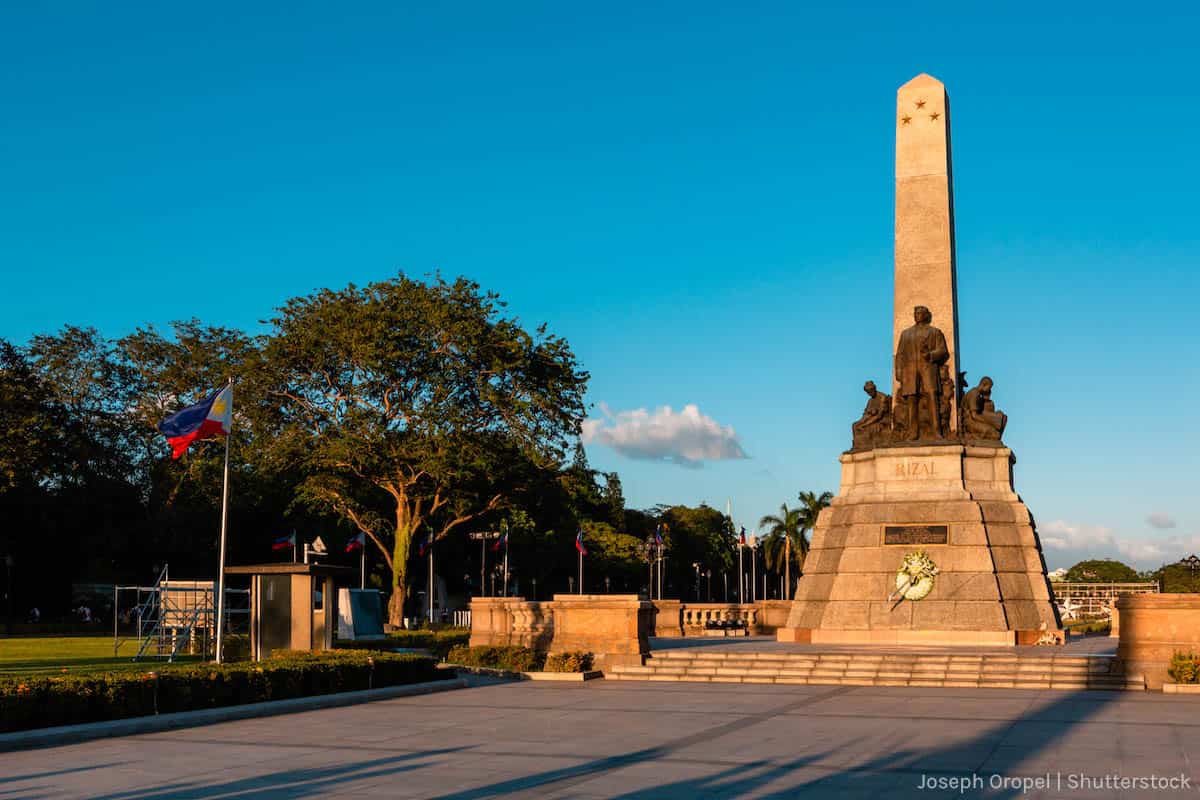
Its history dates back to 1820 when Paseo de Luneta was built on the former location of Bagumbayan. During the Spanish rule, especially in the 19th century, the park was the site of numerous public executions, the most notable were that of Rizal and the GomBurZa (Gomez, Burgos, and Zamora) priests. Other historic events held here were the declaration of Philippine independence from the United States in 1946 and the 1986 EDSA Revolution.
The most outstanding landmark of the park is the Rizal Monument, where his remains lie and marked by a statue made of bronze and granite. Declared a national park in 1955 as Luneta National Park, it was then renamed Rizal Park in 1967 in honor of the country’s national hero.
Other points of interest within the park are the National Museum Complex (National Museum of Natural History, the National Museum of Anthropology, National Planetarium), Independence Flagpole, Musical and Dancing Fountain, Botanical Garden, Quirino Grandstand, and San Lorenzo Ruiz Plaza.
Location: Roxas Boulevard, Ermita, Manila, NCR
3. Binondo, Manila
Driving further north of Intramuros, across the Pasig River through Jones Bridge, the huge and intricate New Binondo Chinatown Arch greets and bids commuters and city dwellers.
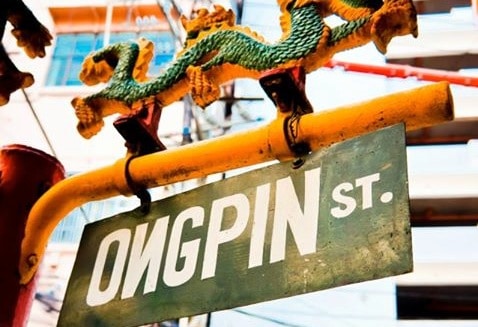
Established in 1594, Binondo is the first and the oldest Chinatown in the world. That alone makes this a worthy historical destination. The location just outside Intramuros was strategic in the sense that the Chinese Catholic immigrants could still continue trading while being monitored by the Spanish government in the 16th century. Up to this day, the area is a hubbub of trade and commerce, mostly run by Filipino-Chinese residents.
One of the main draws of Binondo is its colorful and delicious food scene. There are so many gastronomic gems scattered around this extensive food hub, most of which cannot be found anywhere else but in Binondo. Other famous products have branched out, but local tourists still visit the origin of their favorite Binondo grubs.
Other places of interest are Ongpin Street, Escolta Street, Plaza San Lorenzo Ruiz, and Binondo Church.
4. Rizal Shrine, Calamba, Laguna
Declared by the National Historical Commission of the Philippines as a national shrine, the structure stands on the same location of the Rizal family’s ancestral house.
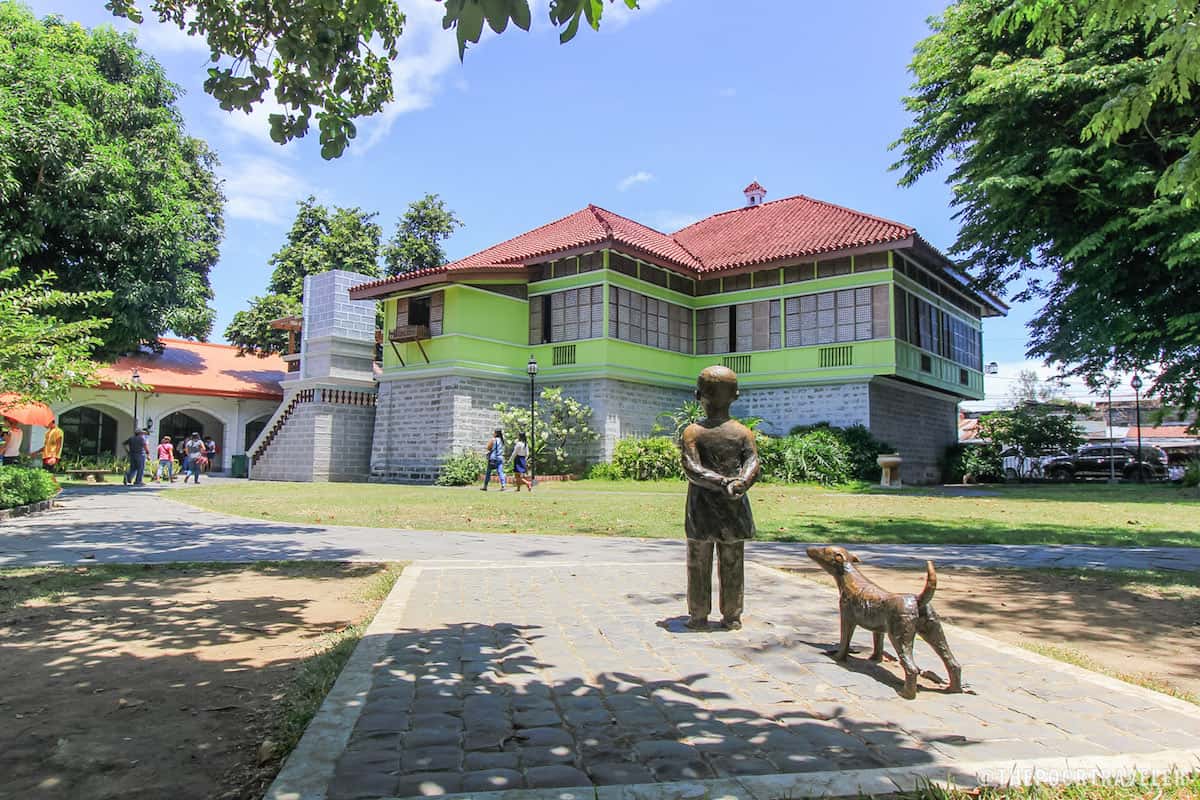
It is a reconstructed version of the original two-story Spanish-era bahay na bato. Using similar materials like hardwood, adobe stones, bricks, and capiz shells among others, the reconstruction began in 1949, as ordered by then-President Quirino, and was launched to the public on the 19th of June 1950, in time for the 89th birthday celebration of Rizal. The only deviation from the original exterior appearance is the walls painted in green instead of the original white.
As the birthplace of Rizal, it features collections and memorabilia that center around his childhood. The shrine also cradles the remains of Jose Rizal’s parents. The property also houses a library, a gallery, an audio-visual room, and a souvenir shop. Other landmarks near the shrine are St. John the Baptist Parish Church and the City College of Calamba.
Location: Corner of Rizal Street and Mercado Street, Poblacion 5, Calamba, Laguna
5. Banaue Rice Terraces, Ifugao
Built by the ancestors of the indigenous people of Ifugao centuries ago, the Banaue Rice Terraces was declared by the government as a National Cultural Treasure in 1973.
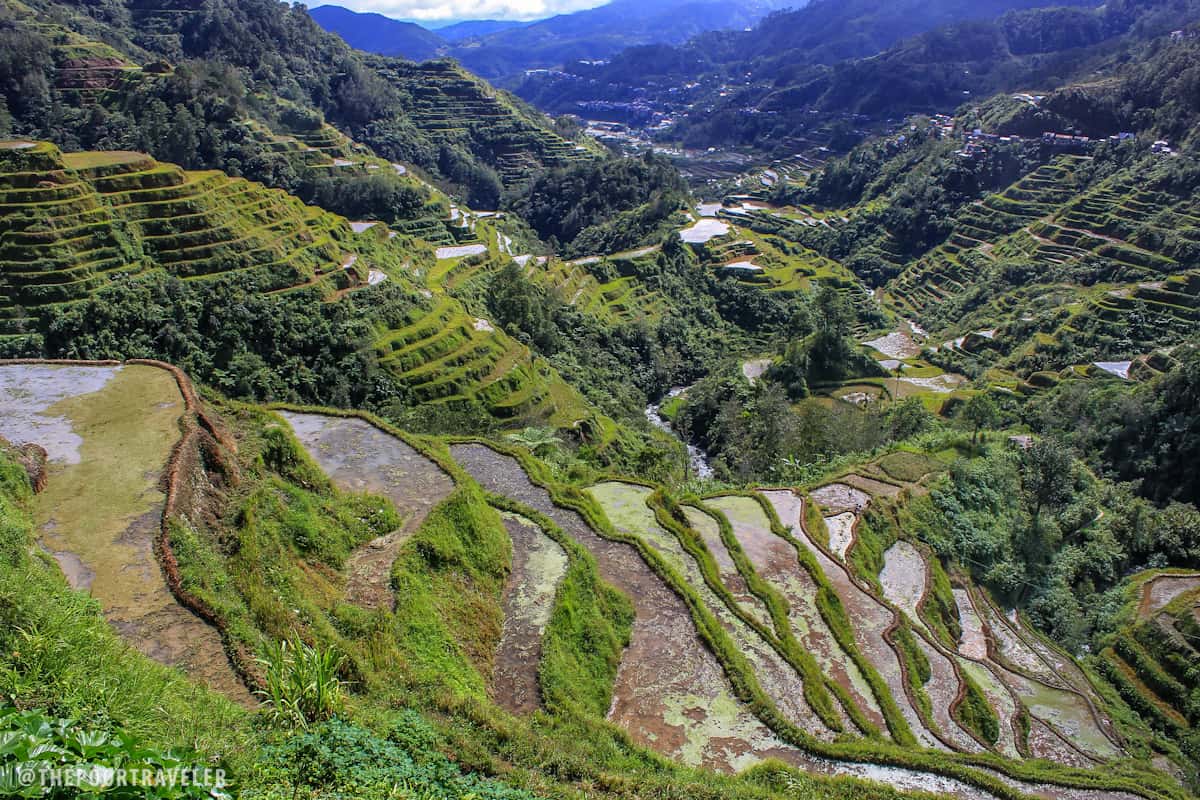
These terraces embody the culture of the Ifugao people, which was largely influenced by rice cultivation and agriculture. The importance of these terraces is evident in the many agricultural rites connected to rice production. The traditional and indigenous techniques applied in building the terraces reveal the extensive knowledge of the Ifugao people in earthwork, stonework, irrigation, and the preservation of the integrity of the rice terraces.
Interestingly, the Banaue Rice Terraces is not included in the UNESCO World Heritage List under the Rice Terraces of the Philippine Cordilleras due to the presence of modern structures in the area. However, two of the five listed are located not too far away — the Batad Rice Terraces and the Bangaan Rice Terraces. The Banaue Rice Terraces are the ones that can be seen from different view decks along the main road (Nueva Vizcaya-Ifugao-Mountain Province Road).
Location: Banaue, Ifugao, CAR
6. Tabon Cave Complex, Palawan
Situated on Lipuun Point in the town of Quezon on the southwestern part of Palawan Island, the cave complex is part of the Lipuun Point Reservation, protecting and preserving the cultural and historical artifacts within the area.
Cradling numerous important archeological artifacts like the Tabon Man, the oldest modern human bones in the Philippines; and the Manunggul Jar, a National Cultural Treasure and one of over a thousand burial jars discovered in the cave complex.
Designated as a National Cultural Treasure by the National Museum in 2011, the complex is said to have 215 caves, but only seven of these are accessible to the public including Tabon, Igang, and Liyang among others.
Location: Lipuun Point, Quezon, Palawan
7. Mactan Shrine, Cebu
Located along Punta Engaño Road on the northern part of Mactan Island in Cebu, the Mactan Shrine encompasses two monuments: the Lapu-Lapu Shrine on one end and the Magellan Marker (also Magellan Monument) on the other.
The site faces the Magellan Bay, a reminder of the Battle of Mactan, which took place in April 1521 between the Spanish troops led by Portuguese explorer Magellan and the Mactan natives led by Lapu-Lapu. The battle led to the defeat of the Spaniards, causing them to retreat.
If you get hungry while exploring the shrine, try the traditional Visayan sutukil from the nearby Sutukil Seafood Market Restaurant Chain.
Location: Punta Engaño Road, Mactan, Cebu
8. Magellan’s Cross, Cebu City
Located adjacent to Basilica Minore del Santo Niño in the heart of Cebu City, the Magellan’s Cross is one of the most visited historical landmarks in Cebu.
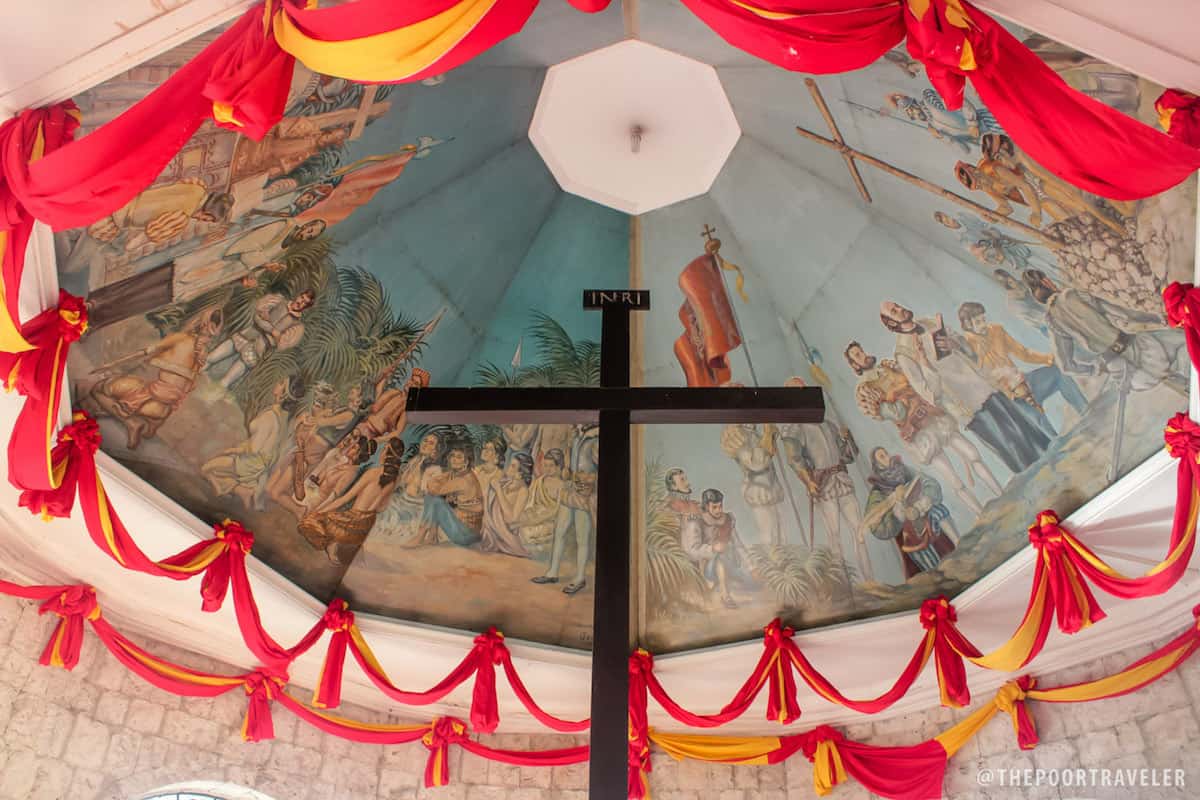
The site is said to be the exact location where Portuguese Magellan planted the cross upon his arrival in Cebu in March 1521. As stated on the marker at the bottom of the cross, the original artifact is encased inside the wooden Tindalo cross. The painted ceiling illustrates this historic event.
Location: P. Burgos Street or D. Jakosalem Street, Cebu City, Cebu
9. Sandugo Shrine, Bohol
In March 1565, a blood compact between Spanish explorer Miguel López de Legazpi and Bohol chieftain Sikatuna took place as a symbol of friendship between the Spaniards and the Filipinos. This was famously called the sandugo, a tribal tradition sealing allegiance and confirming solidarity between tribes. Both representatives cut their arms and pour their blood into a cup, divide the mixture equally, and drink them until both cups are emptied.
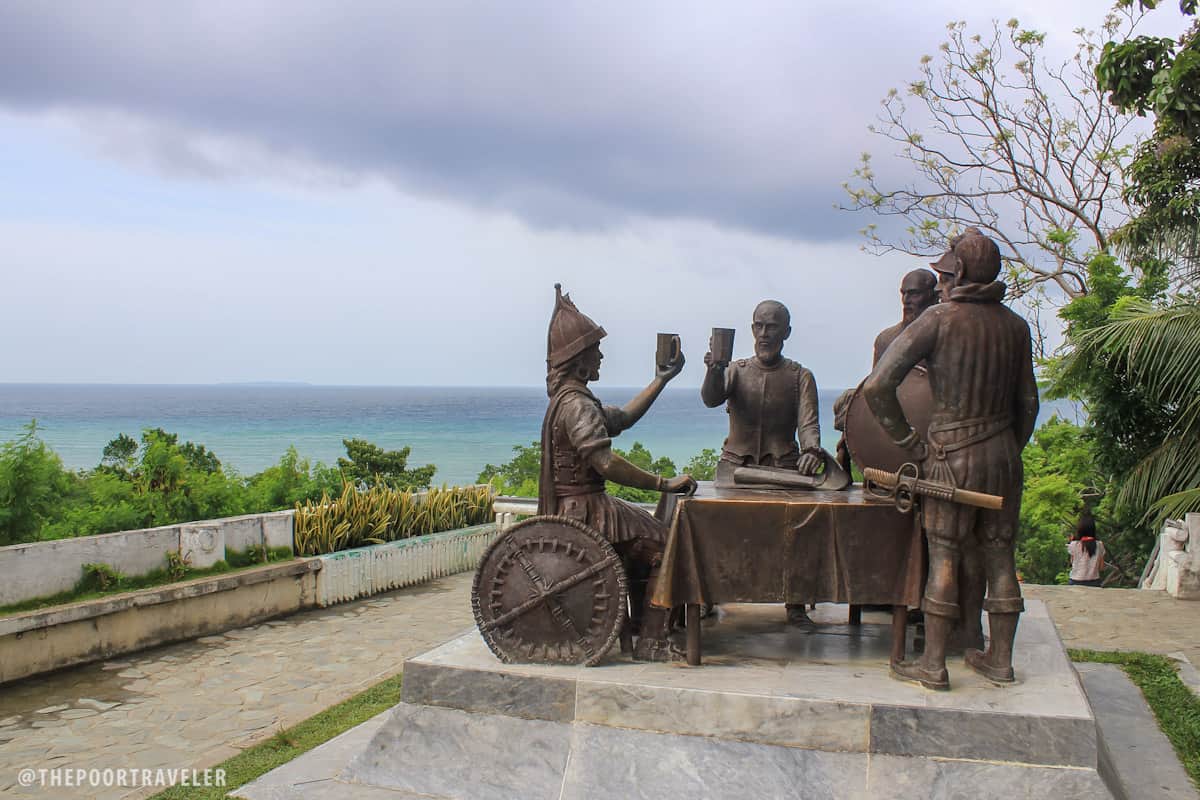
The moment is immortalized by the Sandugo Shrine (Blood Compact Shrine) in Tagbilaran City. But the truth is, this monument does not mark the actual spot where the historic treaty was made. In 2006, the government of Bohol determined the actual site where it happened to be in Loay, the municipality between Alburquerque and Loboc.
The actual site, now called Blood Compact Marker, is situated along Bohol Circumferential Road/Tagbilaran East Road.
Location: Bool, Tagbilaran City, Bohol
10. Barasoain Church, Malolos, Bulacan
“Baras ng Suwail”
The dungeon of the defiant. The 19th-century Barasoain Church witnessed many monumental events in the history of the Philippines. It served as the headquarters of the illustrados who were against the Spanish rule and was the site of one of the most pivotal events in Philippine democracy — the Malolos Congress, also known as the First Philippine Congress.
The Malolos Congress was formed in June 1898 by Emilio Aguinaldo in defiance of the Spanish regime. Although this one was short-lived, this was a testament to the Filipinos’ passion for democracy.
This Baroque church is made of adobe and concrete materials and is centrally located in Malolos.
Location: Paseo del Congreso Street, Malolos, Bulacan
11. Aguinaldo Shrine, Kawit, Cavite
Declared a National Shrine in June 1964, the Aguinaldo Shrine encompasses the whole ancestral house and grounds of Emilio Aguinaldo and extends to the park across the main house.
This was the site of the proclamation of Philippine Independence from Spain on June 12, 1898 with the unfurling of the Philippine flag. This was also the event where the instrumental music of the Philippine national anthem was first heard. Every year, a flag-raising ceremony is held during the Independence Day celebration.
Completed in 1845, the mansion has undergone renovations in 1849 and 1919. It was donated to the government by Aguinaldo himself and is currently being managed by the National Historical Commission of the Philippines. The lush garden behind the mansion nestles the final resting place of Aguinaldo. The main house functions as a museum now.
Location: Tirona Highway, Kawit, Cavite
12. Leyte Landing Memorial Park
“I shall return.”
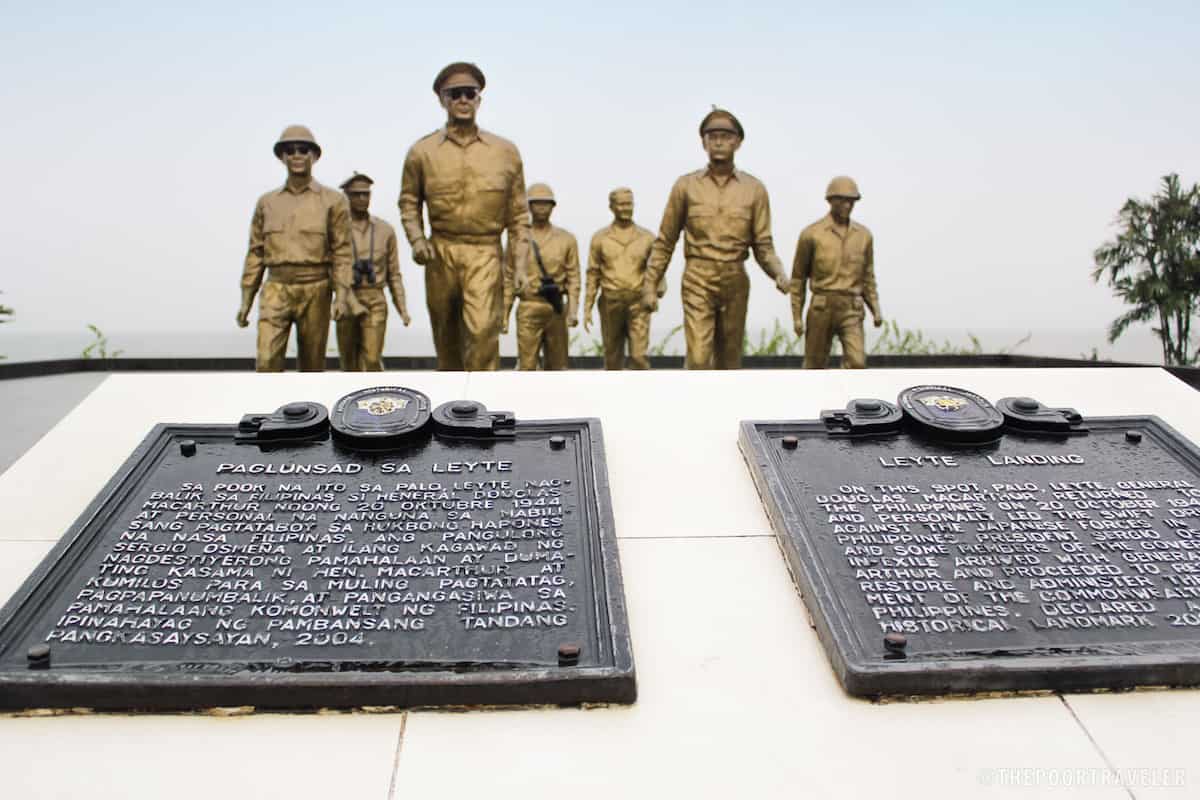
Proclaimed a national park in July 1977, the MacArthur Leyte Landing Memorial National Park (also called MacArthur Park) was also designated as a national historic landmark by the National Historical Commission in 1994.
This park was established in celebration of a significant event in history, the A-Day Landing in October 1944, where Douglas MacArthur, together with his entourage, finally fulfilled his promise to come back and help the Philippines gain back its independence from the Japanese. A few days later, the Battle of Leyte Gulf, the largest naval battle of World War II erupted.
The memorial national park features a shallow manmade pool with seven bronze statues representing General Douglas MacArthur, President Sergio Osmeña Jr., Brigadier General Carlos P. Romulo, Major General Courtney Whitney, Lieutenant General Richard Sutherland, Sergeant Francisco Salveron, and William J. Dunn. The memorial park faces the San Pablo Bay/Leyte Gulf.
Located: Barangay Candahug, Palo, Leyte
13. Dambana ng Kagitingan, Bataan
Established in 1970, the Dambana ng Kagitingan, also known as the Mount Samat National Shrine or Shrine of Valor, is a memorial complex honoring the fallen Filipino and American soldiers who fought against the Japanese in the Battle of Bataan in 1942.
Mount Samat was the last bastion of freedom where many lost their lives fighting for independence against the Imperial Japanese Army. It was declared as a National Shrine in April 1966.
The complex also harbors the Colonnade, stretching wide and welcoming visitors from the parking lot. The Colonnade houses a war museum. The most dominant feature is the colossal white Memorial Cross with the Cross’s arms serving as a viewing gallery. Further behind the Colonnade are paths leading to the base of the cross. The whole complex offers a panoramic view of Bataan and Corregidor Island.
Location: Mount Samat Road, Pilar, Bataan
14. Bataan Death March Markers
Three months after the Battle of Bataan, the Japanese army decided to transfer about 75,000 Filipino and American prisoners of war from Bataan to Camp O’Donnel (now Capas National Shrine) in Capas, Tarlac. This was called the Bataan Death March because this long, brutal walk claimed the lives of thousands of Filipino soldiers and hundreds of American soldiers.
Each kilometer is marked by a modest white obelisk stand with illustrated Death March sign and plaques. There are a total of 138 Death March Markers — 97 in Bataan, 33 in Pampanga, and 8 in Tarlac — dotting the roads between Bataan and Tarlac with the one in Mariveles, marking the Kilometer 0.
These markers are managed by the Filipino-American Memorial Endowment (FAME), a non-stock and non-profit foundation. They are also raising funds for the continuous maintenance of these historical markers.
15. Corregidor Island
Strategically situated at the mouth of Manila Bay and facing the West Philippine Sea, Corregidor Island played an important role as a military base during World War II. Nicknamed “The Rock”, this fortified island was part of the harbor defenses, protecting Manila Bay from enemy attacks. The island suffered massive destructions after the war.
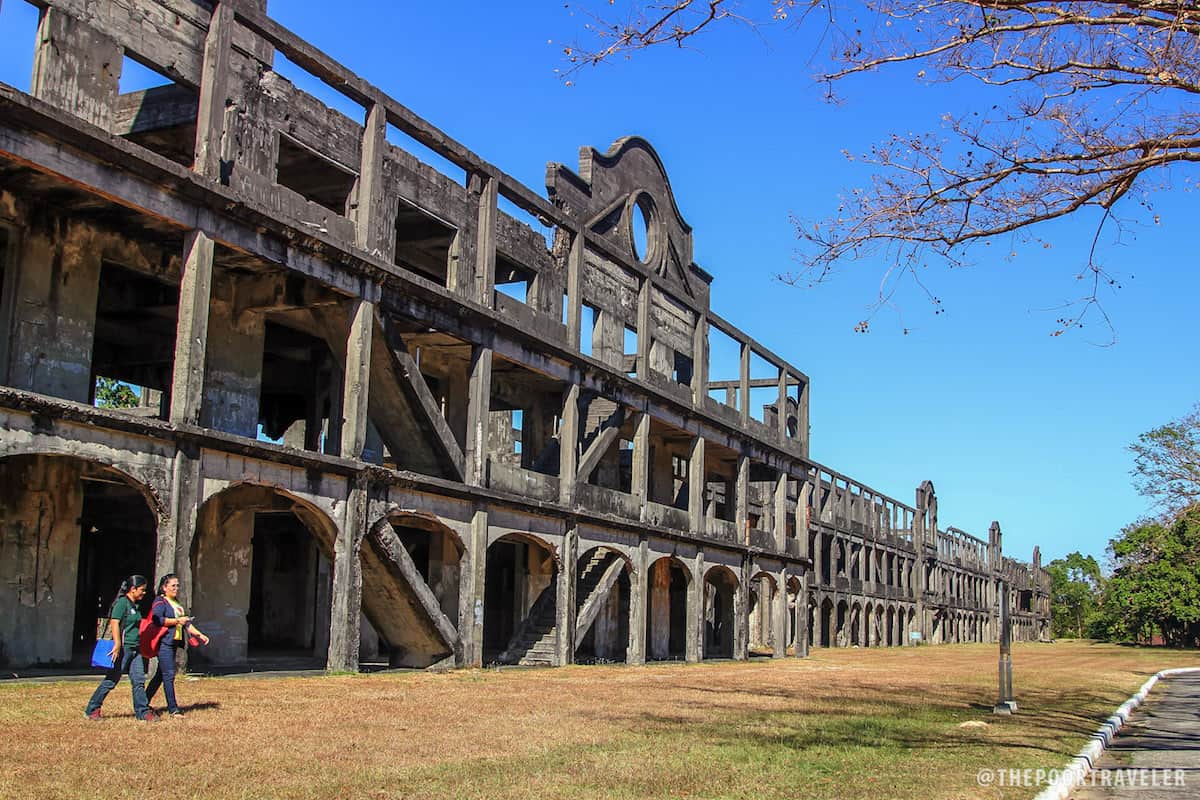
Most people assume that Corregidor is a part of Bataan because of its close physical proximity and historical ties, but it is in fact under the jurisdiction of Cavite City.
Today, the whole island and its ruins remind visitors of the past and serve as war memorials. Here are some of the significant historical sites on the island: Pacific War Memorial, Malinta Tunnel, Filipino Heroes Memorial, Corregidor Lighthouse, Japanese Garden of Peace, and Mile-Long Barracks. You will find more on this separate and more detailed Corregidor article: CORREGIDOR DAY TOUR: 12 Historic Sites to Visit.
If you are interested in joining overnight tours, you may also want to check this one: CORREGIDOR OVERNIGHT TOUR: 5 Things to Do (Other than Ghost-Hunting).
Location: Corregidor Island, Cavite
16. Rizal Park and Shrine Dapitan, Zamboanga del Norte
The four-year exile of Jose Rizal in Dapitan was one of the most eventful periods of his life. Rizal’s work and activities were deemed subversive by the Spanish regime, prompting them to send the Laguna-native to Mindanao for exile.
The places where he lived and worked are preserved as part of the José Rizal Memorial Protected Landscape, also called Rizal Park and Shrine. Aside from this, Dapitan’s map is dotted with several historic landmarks including Liwasan ng Dapitan, Punto del Desembarco de Rizal, Casa Real, Cotta de Dapitan, and St. James the Greater Church. Dapitan is nicknamed the Shrine City in the Philippines.
Location: Dapitan City, Zamboanga del Norte
17. Limasawa Island, Southern Leyte
Limasawa Island is historically significant because it said that it is where the first-ever mass in the Philippines was held in March 1521 by Father Pedro de Valderrama.
Located off the southern tip of Southern Leyte, the municipality of Limasawa used to be under the jurisdiction of the municipality of Padre Burgos until 1978. With six barangays on the island, Limasawa officially became a separate town in 1989 through a plebiscite.
Location: Limasawa, 1st District, Southern Leyte
18. University of Santo Tomas, Manila
Originally named Colegio de Nuestra Señora del Santisimo Rosario, the University of Santo Tomas dates back to the early 17th century when it was founded by the third archbishop of Manila Miguel de Benavides in April 1611. The name was changed to Colegio de Santo Tomas and eventually elevated to university status in November 1645.
Over four centuries later, the university stood the test of time and is regarded as the oldest university in the Philippines and in Asia. It was originally located inside Intramuros, the walled city of Manila during the Spanish colonial period, before transferring to its current location.
Prominent alumni are Jose Rizal, Apolinario Mabini, Jose P. Laurel, Diosdado Macapagal, Sergio Osmeña, Manuel L. Quezon, and Nick Joaquin among others.
Location: España Boulevard, Sampaloc, Manila, NCR
19. Cagsawa Ruins, Albay
Remember the iconic photo of a church’s tower (or what’s left of it) buried in volcanic ash with the temperamental but picturesque Mayon Volcano in the background?
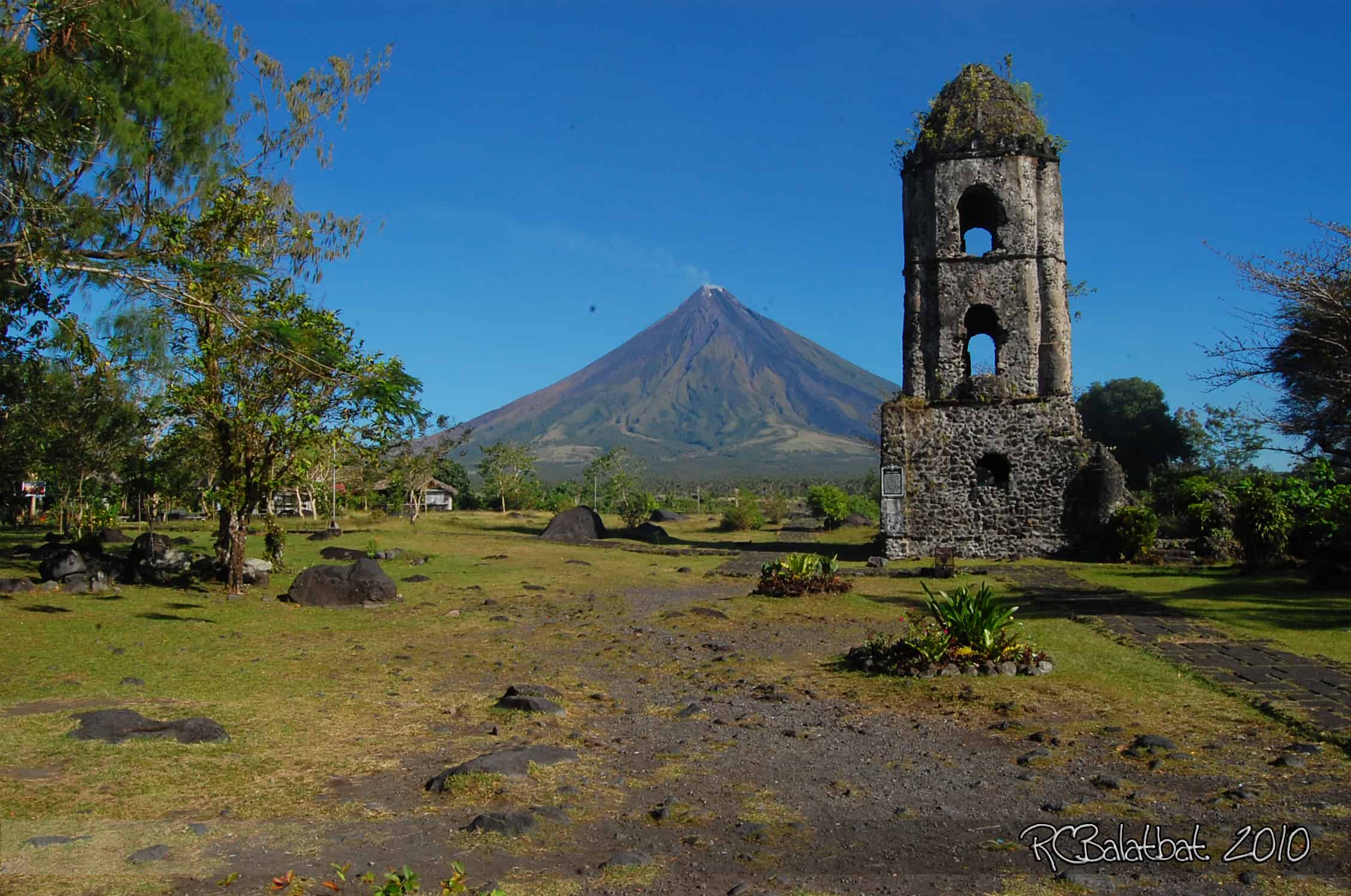
The late 16th-century Cagsawa Church was established by the Franciscan missionaries. The first structure was burned down by the Dutch pirates in the 17th century. It was reconstructed in the 18th century. However, the eruption of the Mayon Volcano destroyed the church along with the rest of the town in the early 19th century. What we see today is what was left of the church — a portion of its tower.
The Cagsawa Ruins Park is co-managed and co-maintained by the municipal government of Daraga and the National Museum of the Philippines. It is one of the most visited tourist attractions in Albay. While there, visit the Cagsawa National Museum, showcasing photos of the Mayon eruptions and other related collections. And since it’s a popular attraction, there are several souvenir shops and stalls in the vicinity.
For those who want to explore the park more, you can book ATV tours offered by many operators and agencies in the area.
Location: Barangay Busay, Daraga, Albay
20. Calle Crisologo, Vigan, Ilocos Sur
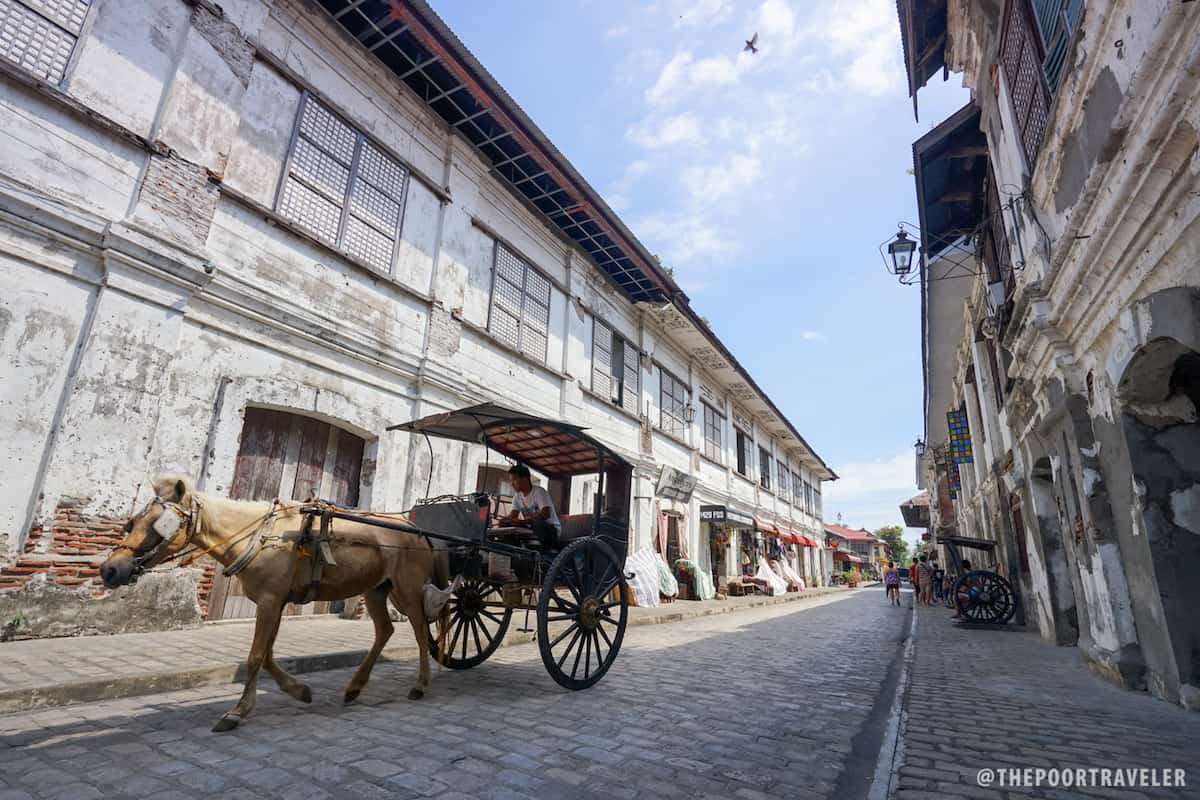
Named after a well-loved Ilocano politician and writer Mena Crisologo, Calle Crisologo is a well-preserved Spanish-era street lined with heritage houses or bahay na bato. The cobblestone street, stretching from Plaza Burgos to Rivero Street, was historically the business and trade center of North Luzon in the pre-colonial and Spanish colonial Philippines and where most of the residents were affluent Filipino-Chinese traders and merchants.
Today, the street is still flanked with old structures and heritage houses, the majority of which were converted to museums, restaurants, shops, or hotels. You can sample some of Vigan’s signature food like Vigan empanada and longganisa. Whether visiting during the day or at night, Calle Crisologo definitely transports you back in time.
Location: Calle Crisologo, Vigan, Ilocos Sur
21. Baguio City
The highly urbanized City of Pines is perched in the highlands of the Cordilleras. This elevation gives it the chills, something that attracts tourists from other parts of the country.
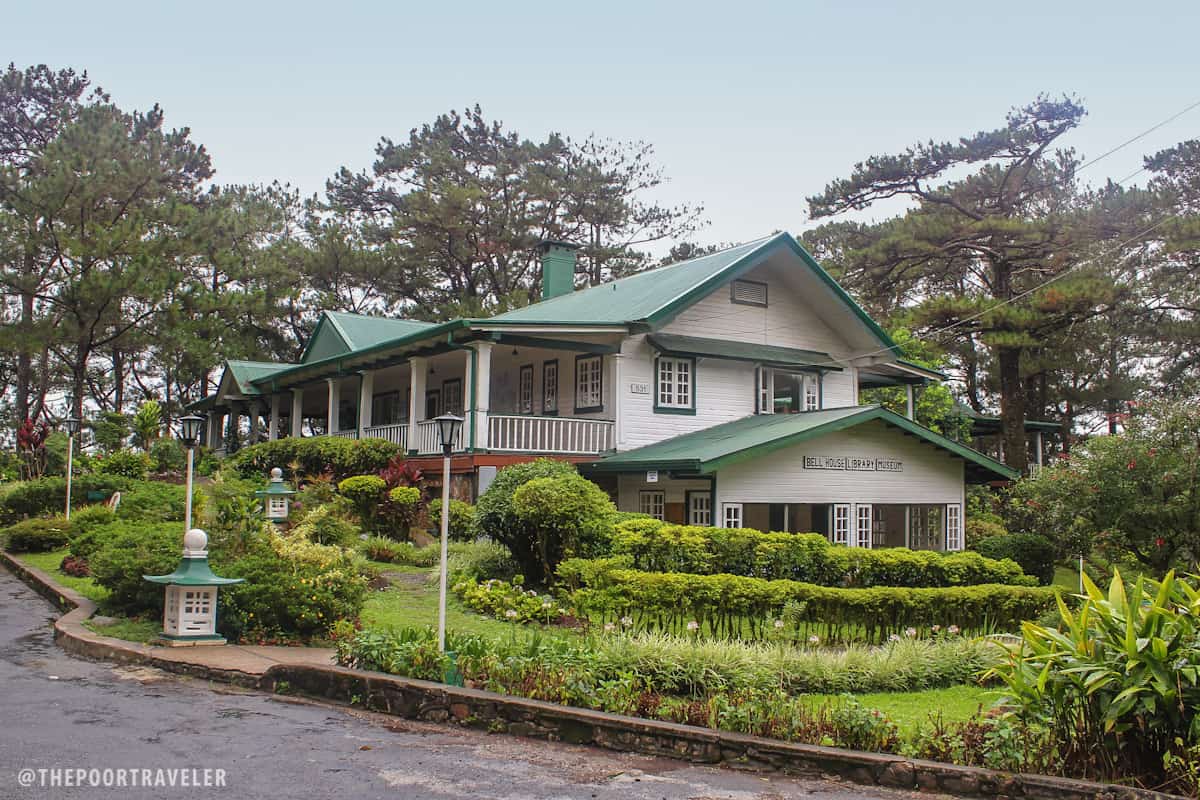
But Baguio is more than just a popular tourist destination. It is also rich in history. During the Spanish colonization, the area was never fully under Spanish control because of the effective defensive strategy of the indigenous Igorot.
After the Americans defeated the Spaniards, the Philippines fell into the hands of the United States. And at the turn of the 20th century, the foundations for the development of Baguio City were laid when the Americans established Camp John Hay in 1903, the only hill station in Asia. It jumpstarted the development of the city, which would become Baguio. Most of the historical structures in Baguio were built under American rule.
Location: Baguio City, Benguet
Note: Baguio is only geographically located in Benguet, but is not under the province’s jurisdiction. As a chartered city, Baguio is governed independently.
22. Sultan Kudarat Monument, Sultan Kudarat
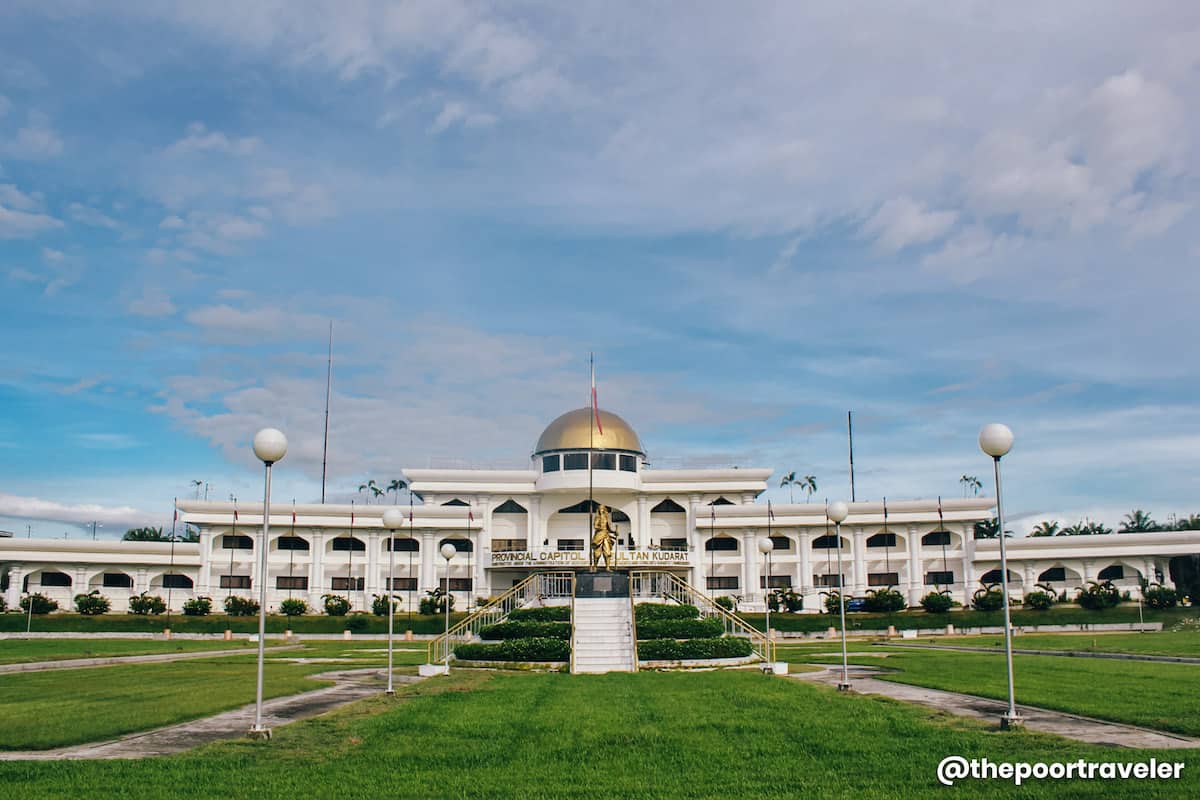
Muhammad Dipatuan Kudarat, famously known as Sultan Kudarat, was revered and hailed as the greatest sultan that ever ruled in Mindanao. He was a celebrated warrior, fearless in the face of the Spanish conquistadors who threatened to occupy his ancestral domain. He tenaciously defended the Islamic faith and steadfastly held his ground against the Spanish invaders.
Monuments were built honoring him for his bravery and valor. There is one in Makati (Ayala Triangle) and another in Cotabato City, Maguindanao (Tantawan Park). But the most photographed stands in front of the Sultan Kudarat Provincial Capitol in Isulan.
23. Malacañan Palace, Manila
Malacañan Palace is the official residence and office of the President of the Philippines. It has served numerous leaders, from the Spanish Governor-Generals to the Presidents of the Republic of the Philippines.
The vast palace complex, the result of numerous renovations and expansion, encompasses many office buildings, mansions, parks and gardens. Most of them follow the neoclassical and bahay na bato architectural styles. The most prominent buildings are the main Malacañan Palace, the New Executive Building, Mabini Hall, Bonifacio Hall, and Kalayaan Hall (Old Executive Building), which houses the Presidential Museum and Library and the Former Presidential Museum.
The history of Malacañan Palace dates back to the mid 18th century when it was built as a private summer house for the Spanish aristocrat, Don Luis Rocha. In the first quarter of the 19th century, it became the summer residence for the Spanish Governor-General. It survived the destruction caused by World War II.
24. Biak na Bato, Bulacan
The Republic of Biak na Bato was officially established in November 1897 by a revolutionary movement led by Emilio Aguinaldo. Although short-lived, this move sparked hope among other revolutionary leaders in other parts of Luzon.
The Biak na Bato National Park nestles the site where Aguinaldo and his comrades planned and initially formed the revolutionary government in May 1897, months before its official declaration. The national park encompasses over 2,000 hectares of lush forest and rocky gorge.
Because of its historical importance, it gained the status of a national park in 1937. It is presently managed by the Department of Environment and Natural Resources. The park also features rivers, waterfalls, and caves, making it a good option for a quick weekend getaway destination near Manila.
Location: Barangay Biak na Bato, San Miguel, Bulacan
Note: Although most of the park lies in San Miguel, some parts extend to San Ildefonso and Doña Renedios Trinidad.
25. Cinco de Noviembre Memorial, Negros Occidental
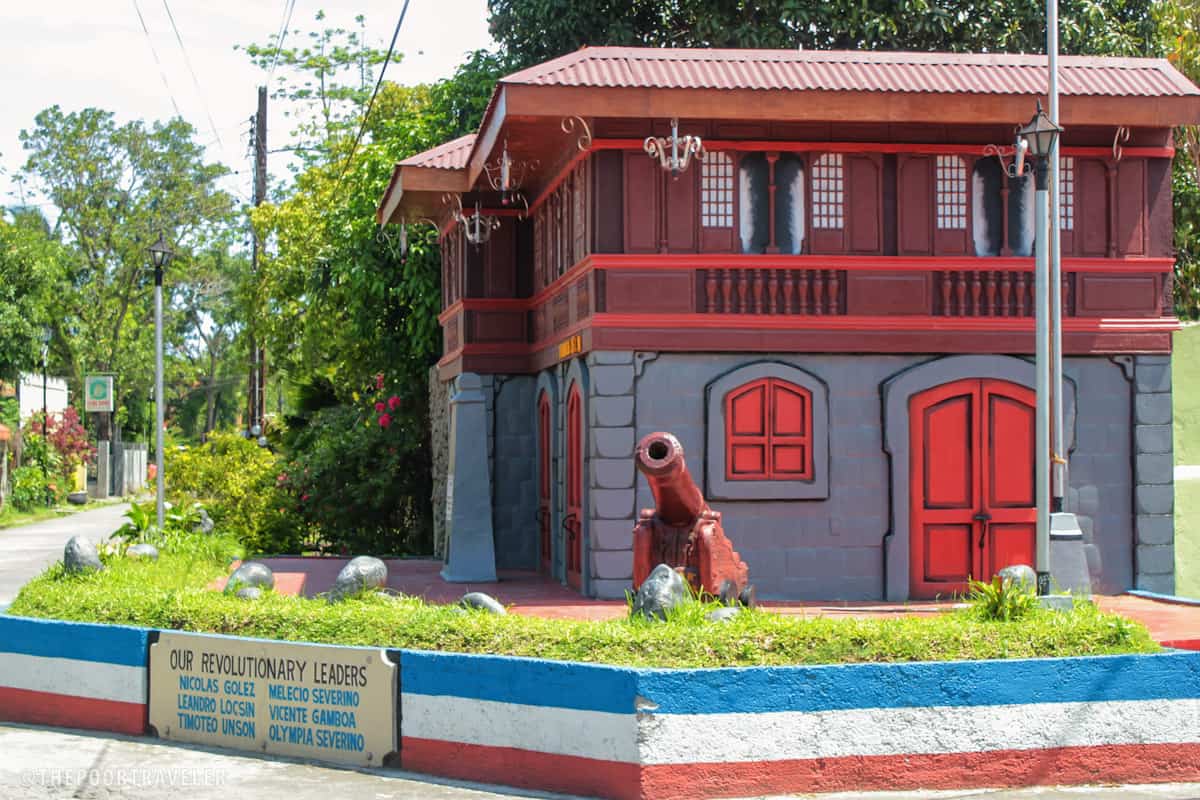
Also known as the Negros Revolution, it was the greatest political movement bluff by the Negrense people that blindsided the Spanish colonizers and resulted in the establishment of the Negros Republic on November 5, 1898.
To commemorate this monumental event, a memorial landmark with a replica of a drugstore building that served as a hideout and the place where the Negrense revolutionaries plotted the revolution against the Spaniards. It also features an authentic Spanish-era cannon.
It is located close to Balay Negrense and the other ancestral houses in Silay City. Signed in 1989, November 5 (Negros Day) is a special non-working holiday in the province.
Location: Silay-Mambulac Road, Silay City Heritage Zone, Silay City, Negros Occidental
2020 • 12 • 21
